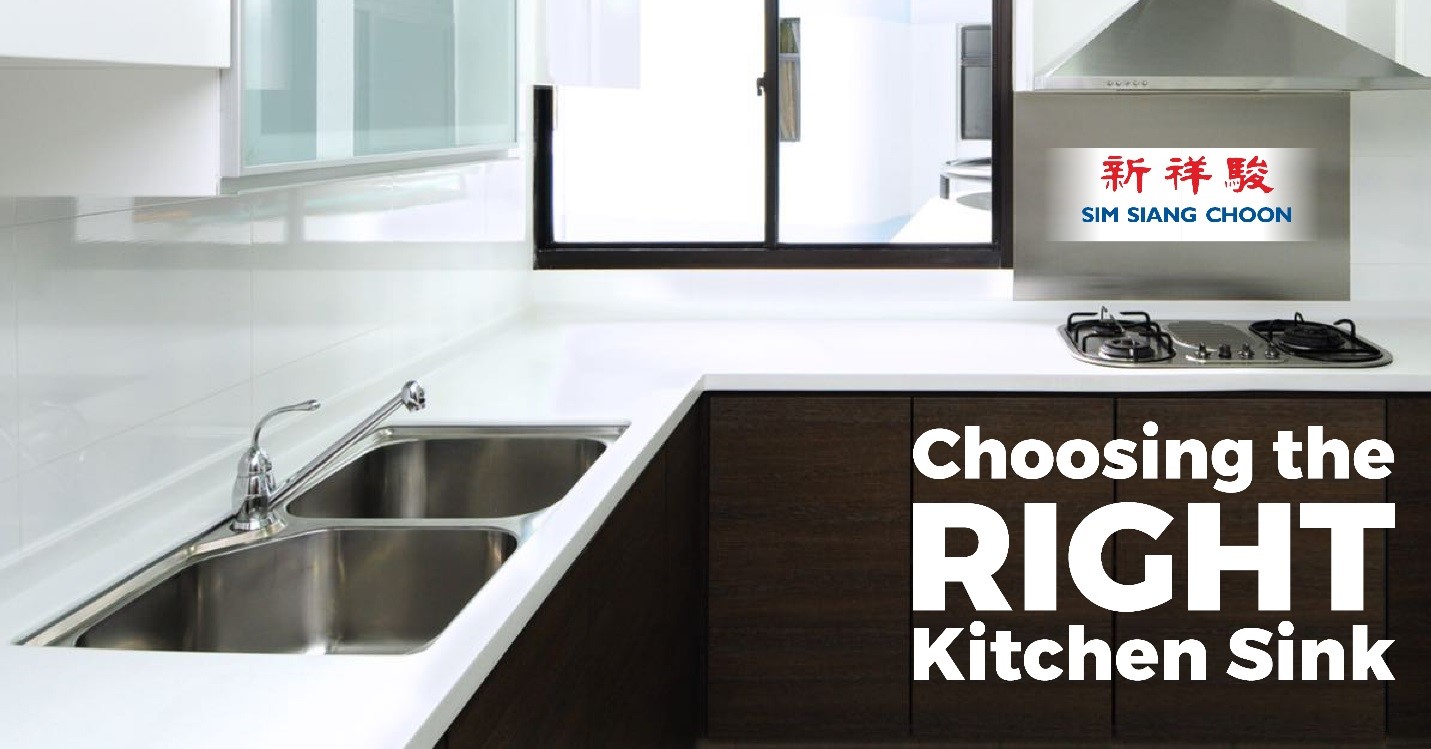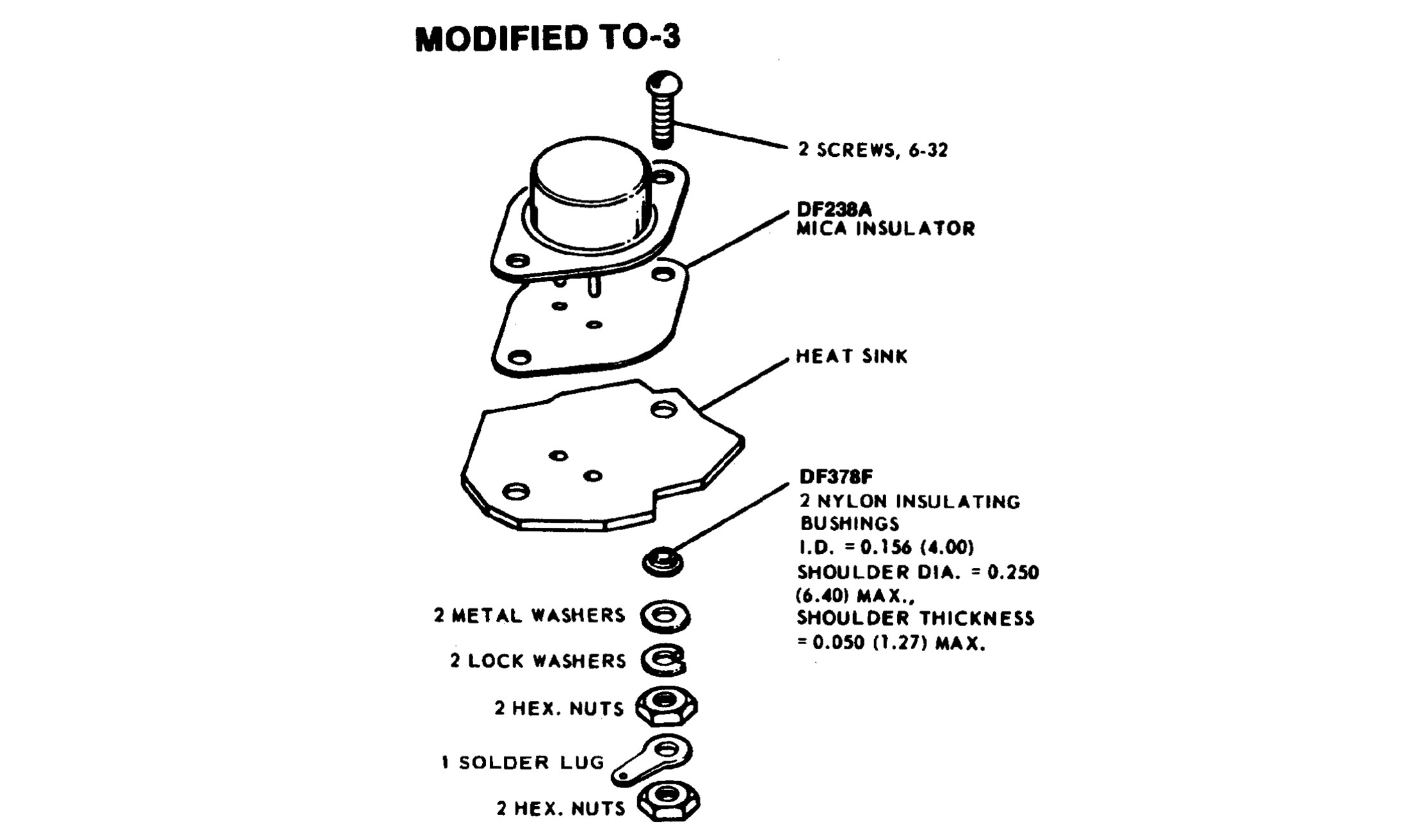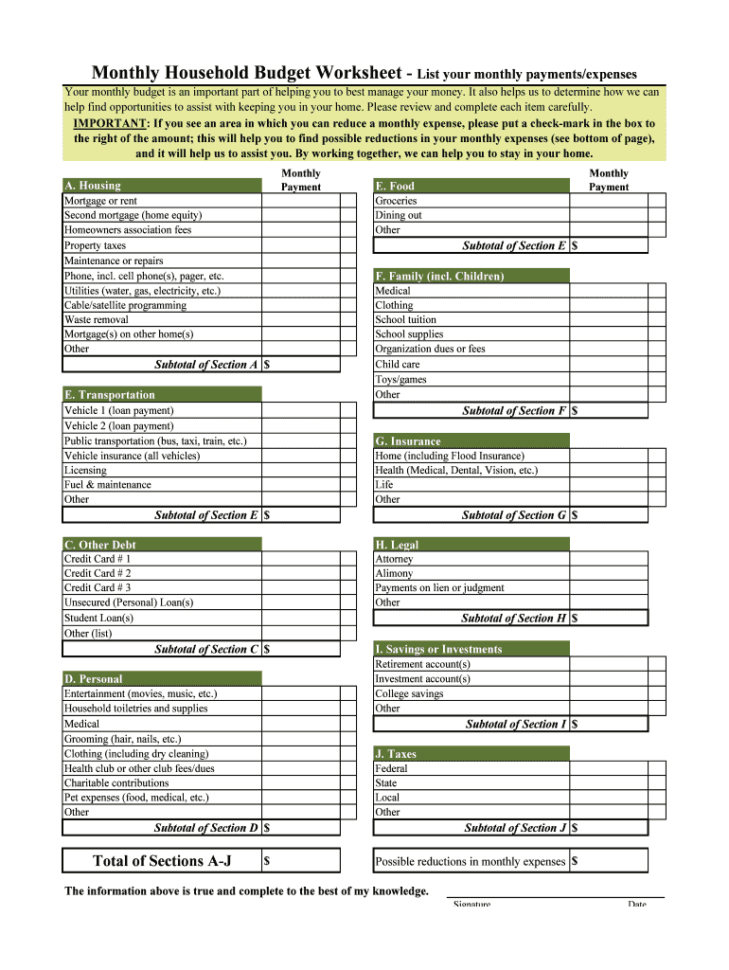When it comes to choosing a new kitchen sink, one of the first things to consider is the material. The most common materials for kitchen sinks are stainless steel, composite, cast iron, and fireclay. Each material has its own unique benefits and drawbacks, so it's important to choose one that fits your needs and preferences. For example, stainless steel sinks are durable and easy to clean, but they can be noisy and show water spots. Composite sinks, on the other hand, are less noisy and more resistant to stains, but they may not be as durable as stainless steel. Cast iron sinks are known for their classic look and durability, but they can be heavy and may require extra support. And fireclay sinks are known for their elegant, glossy finish, but they can be prone to chipping and cracking if not properly cared for.1. Material
The size and configuration of your kitchen sink should also be taken into consideration. The size of your sink will depend on the available space in your kitchen and your personal preferences. Some people prefer larger sinks for washing bigger pots and pans, while others prefer smaller sinks to maximize counter space. You should also consider the configuration of your sink, which refers to the number of basins and the placement of the faucet. Single-basin sinks are ideal for smaller kitchens, while double-basin sinks offer more flexibility for tasks like washing and rinsing. The placement of the faucet can also affect the functionality of your sink, so make sure to choose a configuration that works best for your needs.2. Size and Configuration
The mounting style of your sink refers to how it will be installed in your kitchen. The most common mounting styles are top mount, undermount, and farmhouse (also known as apron front). Top mount sinks are dropped into a hole in the countertop, while undermount sinks are installed underneath the countertop for a seamless look. Farmhouse sinks have a front panel that extends beyond the edge of the countertop and can add a touch of charm to your kitchen.3. Mounting Style
The depth and capacity of your sink can have a big impact on its functionality. Deeper sinks can accommodate larger items and make washing dishes easier, but they also take up more counter space. On the other hand, shallower sinks may not be as practical for larger items, but they can free up more counter space for food prep. It's also important to consider the capacity of your sink, which refers to how much water it can hold. If you do a lot of cooking and cleaning, a larger capacity sink may be more suitable for your needs.4. Depth and Capacity
When choosing a new kitchen sink, it's important to keep in mind the compatibility with your faucet. Some sinks come with pre-drilled holes for specific types of faucets, so make sure to check the specifications before purchasing. If you already have a faucet in mind, make sure it will work with the sink you choose.5. Faucet Compatibility
We briefly touched on this earlier, but the number of basins in your sink can greatly affect its functionality. Single-basin sinks are great for smaller kitchens and for those who prefer a larger sink for washing larger items. However, if you have the space, double-basin sinks can offer more flexibility for tasks like washing and rinsing simultaneously.6. Number of Basins
Your kitchen sink is not only a functional feature, but it also plays a big role in the overall style and design of your kitchen. There are endless styles and designs to choose from, so make sure to consider the overall aesthetic of your kitchen when selecting a sink. Whether you prefer a sleek and modern look or a more traditional farmhouse style, there is a sink out there that will fit your kitchen perfectly.7. Style and Design
As with any home improvement project, it's important to consider your budget when choosing a new kitchen sink. Prices can vary greatly depending on the material, size, and brand, so make sure to do your research and set a budget before making a decision. Keep in mind that a higher price does not always mean better quality, so make sure to read reviews and compare prices to find the best option for your budget.8. Budget
No one wants to constantly clean and maintain their kitchen sink, so it's important to consider the maintenance and durability of the sink you choose. Some materials, like stainless steel, are easier to clean and maintain, while others may require more care to keep them looking like new. It's also important to consider the durability of the sink, especially if you have a busy household and do a lot of cooking and cleaning. Make sure to choose a sink that can withstand daily wear and tear.9. Maintenance and Durability
Lastly, when choosing a new kitchen sink, it's important to consider the brand and warranty. Some brands are known for their high-quality, durable sinks, while others may have a reputation for poor quality. Do your research and read reviews to find a reliable brand that offers a good warranty. This will ensure that your sink will last for years to come and you'll have peace of mind knowing you're covered if any issues arise.10. Brand and Warranty
How to Choose the Perfect Kitchen Sink for Your Home

Consider Your Needs and Lifestyle
 When it comes to choosing a new kitchen sink, it's important to consider your needs and lifestyle. Are you an avid cook who spends a lot of time in the kitchen? Do you have a large family that requires a lot of dishes to be washed? These are important factors to keep in mind when selecting a sink. For example, if you spend a lot of time cooking and need extra space for prepping and washing dishes, a double basin sink may be the best option for you. On the other hand, if you have a smaller household and don't do a lot of cooking, a single basin sink may suffice.
When it comes to choosing a new kitchen sink, it's important to consider your needs and lifestyle. Are you an avid cook who spends a lot of time in the kitchen? Do you have a large family that requires a lot of dishes to be washed? These are important factors to keep in mind when selecting a sink. For example, if you spend a lot of time cooking and need extra space for prepping and washing dishes, a double basin sink may be the best option for you. On the other hand, if you have a smaller household and don't do a lot of cooking, a single basin sink may suffice.
Think About the Sink Material
 The material of your kitchen sink is not only important for its aesthetic appeal but also for its functionality and durability.
Stainless steel
is a popular choice for its sleek and modern look, as well as its resistance to stains and scratches.
Granite composite
sinks are also gaining popularity for their durability and variety of color options.
Porcelain
sinks offer a classic and elegant look, but they can be prone to chipping and staining.
Copper
sinks are another stylish option, but they require regular maintenance to prevent discoloration.
The material of your kitchen sink is not only important for its aesthetic appeal but also for its functionality and durability.
Stainless steel
is a popular choice for its sleek and modern look, as well as its resistance to stains and scratches.
Granite composite
sinks are also gaining popularity for their durability and variety of color options.
Porcelain
sinks offer a classic and elegant look, but they can be prone to chipping and staining.
Copper
sinks are another stylish option, but they require regular maintenance to prevent discoloration.
Consider the Sink Mounting Options
 Another important factor to consider when choosing a kitchen sink is the mounting style. There are three main options:
top-mount
,
undermount
, and
flush-mount
. Top-mount sinks are the most common and are installed on top of the countertop. Undermount sinks are attached underneath the countertop, creating a seamless look. Flush-mount sinks are built into the countertop, making them easy to clean and maintain. Consider the style of your kitchen and your personal preference when deciding on a mounting option.
Another important factor to consider when choosing a kitchen sink is the mounting style. There are three main options:
top-mount
,
undermount
, and
flush-mount
. Top-mount sinks are the most common and are installed on top of the countertop. Undermount sinks are attached underneath the countertop, creating a seamless look. Flush-mount sinks are built into the countertop, making them easy to clean and maintain. Consider the style of your kitchen and your personal preference when deciding on a mounting option.
Don't Forget about Faucet Compatibility
 When choosing a new kitchen sink, it's important to also consider the
faucet compatibility
. Make sure to check the number of holes in the sink and the type of faucet that will fit. You don't want to fall in love with a sink only to realize that your desired faucet won't work with it. Additionally, consider the height and reach of the faucet to ensure it will be functional for your needs.
In conclusion, choosing a new kitchen sink requires careful consideration of your needs, lifestyle, sink material, mounting options, and faucet compatibility. By keeping these factors in mind and doing proper research, you can find the perfect kitchen sink that not only meets your functional needs but also enhances the overall aesthetic of your home.
When choosing a new kitchen sink, it's important to also consider the
faucet compatibility
. Make sure to check the number of holes in the sink and the type of faucet that will fit. You don't want to fall in love with a sink only to realize that your desired faucet won't work with it. Additionally, consider the height and reach of the faucet to ensure it will be functional for your needs.
In conclusion, choosing a new kitchen sink requires careful consideration of your needs, lifestyle, sink material, mounting options, and faucet compatibility. By keeping these factors in mind and doing proper research, you can find the perfect kitchen sink that not only meets your functional needs but also enhances the overall aesthetic of your home.


















































































































